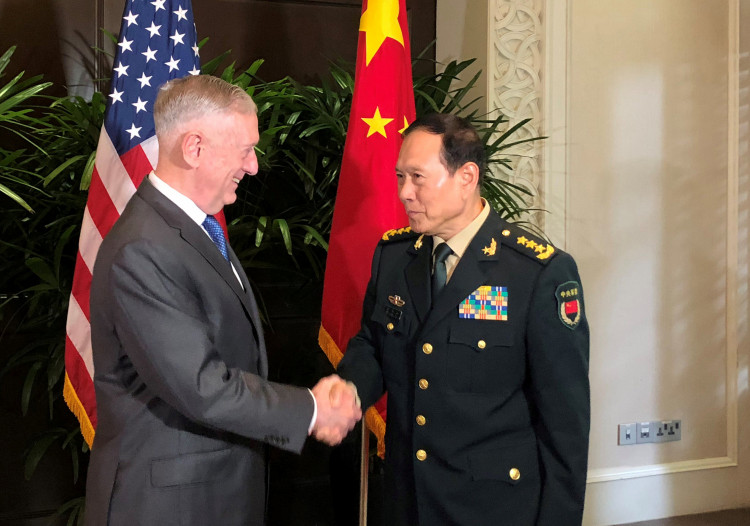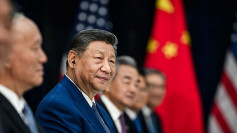On Saturday, China and the United States, along with several other countries agreed in principle to certain guidelines and regulations in order to prevent unplanned warplane encounters. This latest development is part of China and the United States' concerted effort to keep the peace in the Southeast Asia region, as well as to preserve the commitment of avoiding military confrontations in the area.
In recent years, China and the United States have had several near-misses and near-encounters in the highly debated South China Sea region. Military aircraft and sea vessels from both countries have confronted one another in the past as each country continue to assert their power in the region.
Although the United States is not a party to any claim in the South China Sea, the country has been drawn into the fracas as it continues to assert its dominance both in navy and air power in the Asia Pacific region. In order to mitigate future encounters, the Association of Southeast Asian Nations (ASEAN) recently agreed to regulations and guidelines that will govern all air encounters in the region. This was ratified at the annual meeting of the 10-member group which was participated by each country's respective defense ministers.
Apart from the 10 members of ASEAN, eight other defense chiefs from outside of the ASEAN region also participated in the recent meeting. Chief among these are China's Defense Minister General Wei Fenghe and United States Defense Secretary Jim Mattis.
Several other countries including Australia, Japan, India, Russia, New Zealand, and South Korea have shown support for the new military framework that will regulate air and naval activities in the contested region. This was confirmed by Singapore Defense Minister Ng Eng Hen.
Mr. Ng, who hosted the meeting in Singapore, said that any incident involving warplanes in the region have the possibility to spark a much bigger controversy which might spiral out of control. Hence the need to have guidelines and regulations that will govern any military activity in the area.
The new guidelines are expected to set the new standard that will govern the behavior of pilots who will enter the contested area. Those who are in attendance during the meeting agree that this will prevent any untoward encounters from opposing factions. Among the agreed upon guideline is the must-have inclusion of two-way communications which is open and completely adheres to all existing aviation conventions. The newly approved rules still follow similar guidelines that are already strictly implemented in the area in order to prevent naval and air mishaps.






